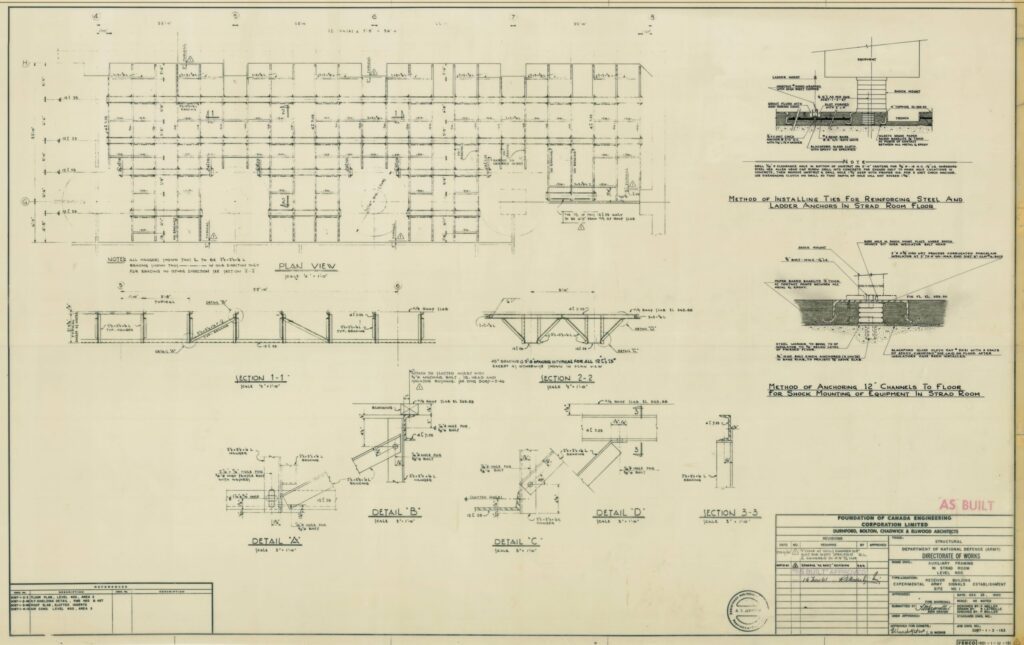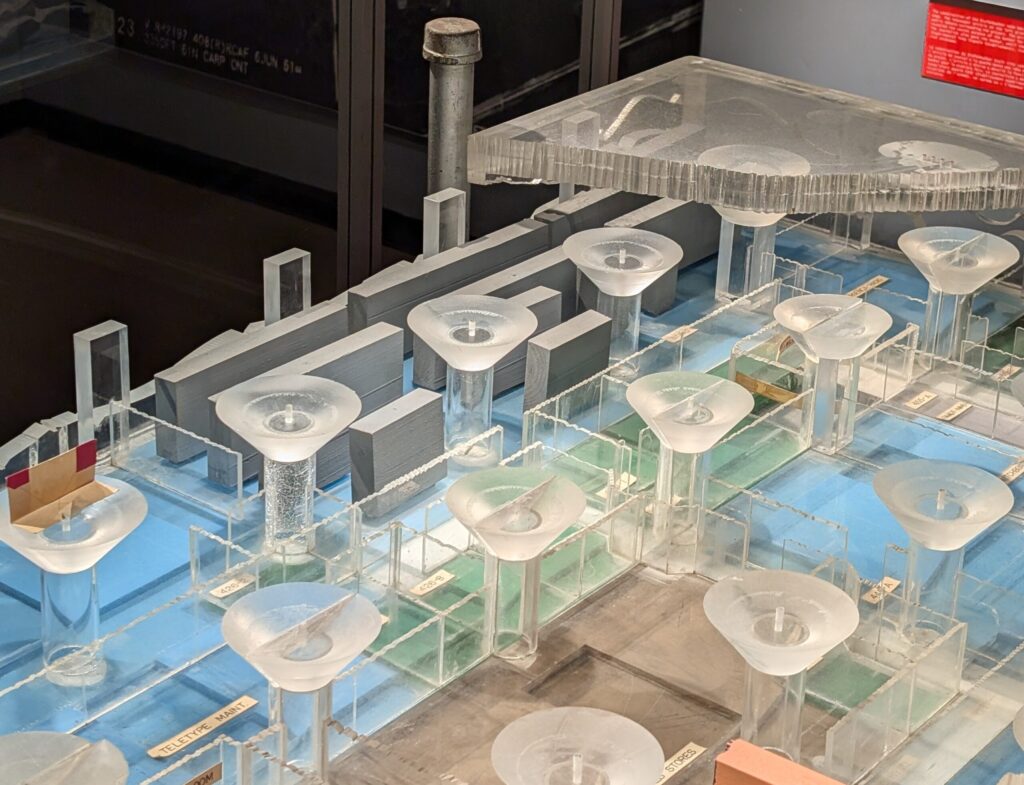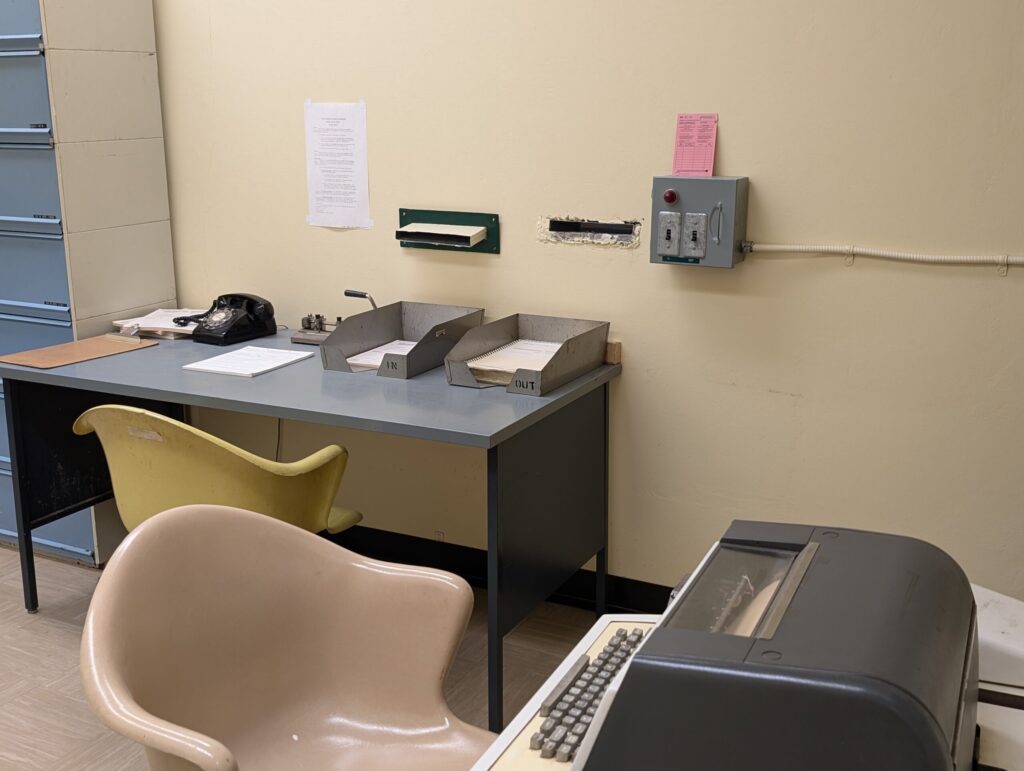Introducing STRAD (Signal Transmit, Receive, and Distribution): the automated message-handling system that significantly improved military communications and security during a period of global uncertainty.
In today’s fast-paced world, we rely upon efficient signal transmission, reception, and distribution for seamless data exchange between devices, networks, and systems. Did you know that the Diefenbunker had its very own communications system that was used during the Cold War? The STRAD supercomputer was housed within the Diefenbunker when it operated as a military base under the code name Experimental Army Signals Establishment (EASE). Responsible for transmitting, receiving, and distributing signals between multiple destinations, STRAD ensured communication efficiency and security by centralizing thousands of messages daily.

First operational in 1964, STRAD occupied a significant portion of the back of the 400 Level of the bunker, and parts of the 300 Level. Thanks to a recent digitization project, we can now share this detailed “as-built” blueprint from the Diefenbunker’s collections, dated 1961. The blueprint depicts the extensive structure of supports built into the floor on the 400 Level, which were required to mount the STRAD equipment. Visible on the blueprint is an overhead view of the under-floor supports, along with several cross-sections and detail of the bolts, bracing, and shock mounts.

The STRAD system was comprised of multiple large metal cabinets, each approximately 1 metre wide and 2.3 metres tall. Magnetic drum storage and magnetic tape systems inside the cabinets recorded and stored messages, capable of handling up to 90 teletype circuits, and processing 9,000 messages per day with a maximum capacity of up to 83,000 words per minute.
Processing these messages was crucial to support secure and efficient communications within the Diefenbunker and with other linked sites across Canada and with a sister system in the United Kingdom. Wireless signals were received at bunkers in Dunrobin and Almonte, which were connected to our site via an extensive network of underground cables. Outgoing messages were sent to the Richardson (Perth) bunker via another set of cables, where they were wirelessly transmitted to their intended recipients.

Within our site, teletype messages were managed in the Message Control Centre, flowing in and out from there to the Federal Warning Centre and subsequently to government officials in the War Cabinet Room.
As global needs evolved and innovations in technology led to the creation of new systems, STRAD was eventually phased out. By 1981, the newer Ottawa Semi-Automatic Exchange (OSAX) within the bunker had surpassed STRAD’s capabilities. Still, STRAD was a cornerstone of Canadian military communications during the Cold War. On your next visit to the Diefenbunker, we invite you to learn more about this important technology and see what remains of the once-top secret communications systems.
